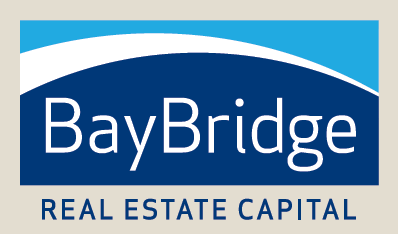Student housing has become an increasingly attractive asset this past year. Pre-leasing numbers, current occupancy rates and year-over-year growth reached near all-time highs, indicating a robust market. In contrast to the plateaued multifamily housing market, student housing just experienced an average yearly rent surge of around nine percent. This acceleration is likely attributed to higher college enrollment rates and the phase-out of remote learning.
Students who took pandemic gap years are back, and international enrollment is making headway. Enrollment increases are most prominent in notable universities with Division I programs and better brand recognition. Students are back in droves, and it appears they are looking for the quintessential college experience.
The student housing market presents favorable conditions for new supply. In fact, data shows that between 2010 and 2020, universities added 60,000 to 70,000 new beds annually. However, in 2022 the rate declined to only 25,000 beds indicating an undersupplied market, particularly on campuses transitioning from “commuter” to “resident” settings.
A rising trend of commuter-style, city institutions shifting to resident campuses makes them prime candidates for substantial housing growth. Florida International University and the University of North Texas are examples of urban-centered campuses with a large influx of resident students.
While the student housing market presents attractive opportunities, it has its challenges. Local political structures and associated “not in my backyard” sentiments can pose significant hurdles. Developers can’t simply plan to build cookie-cut designs across all college towns and achieve success. Barriers to entry can make development a headache but, at the same time, prevent oversaturation and promote a balanced market.
There is a common misconception that regional banks comprise the majority share of financing for standard multifamily properties. Though, student housing receives a chunkier portion of local financing. Regional banks often have better market understanding and the right connections to pull strings on these types of deals.
Developers may have to get creative with their financing if regional banks are continuously sidelined. It is also worth noting that cap rates for student housing properties are typically 80 to 100 basis points higher than standard multifamily housing. Fortunately for developers, recent net operating income growth in student housing helps offset the valuation impact.
Richter, Joseph, et al. “Daily Beat – Commercial Real Estate News.” Daily Beat, 25 Sept. 2019, www.dailybeatny.com.
Spotify. (2023, May 9). Student Housing: Thriving Market Trends and Investment Opportunities. America’s Commercial Real Estate Show. episode.

